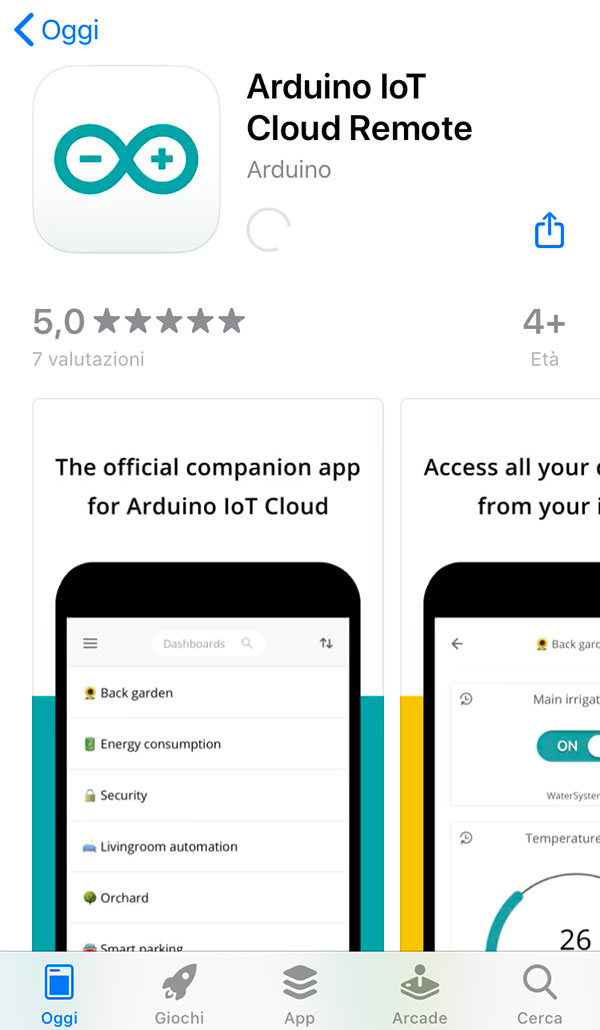Can the Internet of Things (IoT) truly revolutionize healthcare as we know it? A bold statement supporting this inquiry is that IoT not only enhances patient care but also significantly reduces operational costs for hospitals and clinics. The integration of IoT in healthcare systems allows for real-time data collection, remote monitoring, and predictive analysis, which are pivotal in transforming the traditional patient-care model.
The intersection of IoT and healthcare has been a subject of interest for many industry experts. By integrating IoT devices into daily medical practices, healthcare providers can now offer more personalized and efficient services. These devices help monitor patient health continuously, enabling early detection of potential issues before they escalate into serious conditions. This proactive approach not only improves patient outcomes but also streamlines hospital operations by reducing unnecessary admissions and readmissions. Moreover, IoT facilitates cost savings by minimizing the need for physical visits, thereby optimizing resource allocation within healthcare facilities.
| Bio Data & Personal Information | Career & Professional Information |
|---|---|
| Name: Dr. Emily Carter | Profession: Chief Medical Officer at SmartHealth Solutions |
| Date of Birth: January 15, 1980 | Years of Experience: 20 years in healthcare technology |
| Place of Birth: Boston, Massachusetts | Education: MD from Harvard Medical School; MBA from MIT Sloan |
| Residence: San Francisco, California | Awards: Recognized as one of Forbes' Top Innovators in Healthcare Technology |
| Official Website | Publications: Author of several peer-reviewed articles on IoT in healthcare |
Developing a low-cost IoT-based remote cardiovascular patient monitoring system has become increasingly important, especially in regions where access to advanced medical equipment is limited. Such systems aim to address the high costs associated with conventional monitoring devices while ensuring reliability and accuracy. For instance, wearable IoT devices equipped with sensors can track vital signs like heart rate, blood pressure, and oxygen levels without requiring patients to visit hospitals frequently. This not only benefits individuals living in remote areas but also alleviates the burden on urban healthcare facilities overwhelmed by patient demand.
Centralized remote device management plays a crucial role in maximizing the efficiency of IoT deployments across various sectors, including healthcare. Tools like Digi Remote Manager provide secure configuration, deployment, and management capabilities for connected assets. These platforms ensure seamless integration between different types of IoT devices, allowing administrators to monitor performance metrics centrally while applying updates or troubleshooting issues remotely. Additionally, adopting such solutions often results in lower initial investment and subscription costs compared to traditional alternatives.
Ethernet I/O modules supporting Modbus and IoT protocols represent another significant advancement in the realm of remote data acquisition. These modules enable diverse cross-site device communication, making them ideal for large-scale implementations involving multiple locations. Features such as analog, RTD, thermocouple, digital, relay, and counter I/O further enhance their versatility. In healthcare settings, these modules contribute to reducing operational costs by automating routine tasks, improving energy efficiency, and facilitating predictive maintenance schedules based on collected data patterns.
The return on investment (ROI) derived from implementing remote IoT device management cannot be overstated. Without an effective management strategy, the costs associated with deploying and maintaining vast networks of connected devices could spiral out of control. Understanding how these costs accumulate and learning strategies to mitigate them is essential for organizations looking to harness the full potential of IoT technologies. Key considerations include selecting appropriate hardware components, leveraging cloud computing resources efficiently, and investing in robust cybersecurity measures to protect sensitive information transmitted over public networks.
Remote monitoring represents the first step toward successful IoT implementation in any organization aiming to leverage digitalization effectively. Through IoT, businesses across industries stand to gain improvements in productivity rates, optimized workflows, reduced costs, and opportunities for innovation. In healthcare specifically, embracing remote monitoring empowers practitioners to deliver higher-quality care while simultaneously cutting down on expenses related to manual processes and inefficiencies inherent in legacy systems. As advancements continue unfolding at breakneck speed, staying ahead of trends will prove vital for those seeking competitive advantage through technological superiority.



